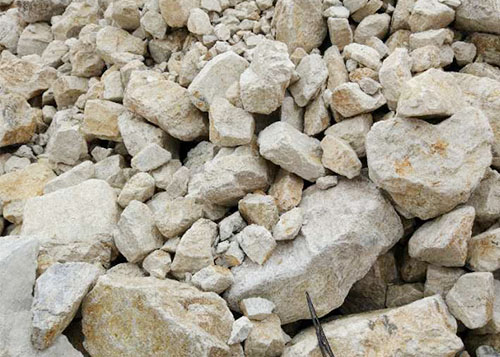Contact person: Li Yan
Tel: 13478023966
Contact person: Gao Tianyu
Telephone 18241295123
Contact person: Ran Entong
Tel: 18804233223
Contact person: Wang Haichuan
Tel: 13591588822
Contact person: Zhang Guobin
Tel: 13104229487
Contact person: Zhang Guoqiang
Tel: 1394 1205541
Website: en.lntalc.com
Address: Wangjiakan Village, Bali Town, Haicheng City, Liaoning Province, China
The mechanism of fertilizer caking: The caking of compound fertilizer and compound fertilizer is the process of fertilizer from loose state to lump or lump. There are three main reasons for the agglomeration of compound fertilizer caused by talc powder in Liaoning Province: one is crystal bridge, i.e. the precipitation of fertilizer salt from saturated solution, which forms a crystal bridge between product particles, and the agglomeration is caused by the cohesion between Crystal Bridge and fertilizer particles; the other is capillary adhesion, i.e., the product undergoes certain elastic deformation under kneading and stacking pressure, which results in a certain touch surface comparison between crystals. Large cohesion causes capillary movement of water and solution, promotes agglomeration of many grains with large area of adhesion, and leads to agglomeration. Third, agglomeration is caused by the joint effect of the two.

The mechanism of fertilizer caking: The caking of compound fertilizer and compound fertilizer is the process of fertilizer from loose state to lump or lump. There are three main reasons for the agglomeration of compound fertilizer caused by talc powder in Liaoning Province: one is crystal bridge, i.e. the precipitation of fertilizer salt from saturated solution, which forms a crystal bridge between product particles, and the agglomeration is caused by the cohesion between Crystal Bridge and fertilizer particles; the other is capillary adhesion, i.e., the product undergoes certain elastic deformation under kneading and stacking pressure, which results in a certain touch surface comparison between crystals. Large cohesion causes capillary movement of water and solution, promotes agglomeration of many grains with large area of adhesion, and leads to agglomeration. Third, agglomeration is caused by the joint effect of the two.